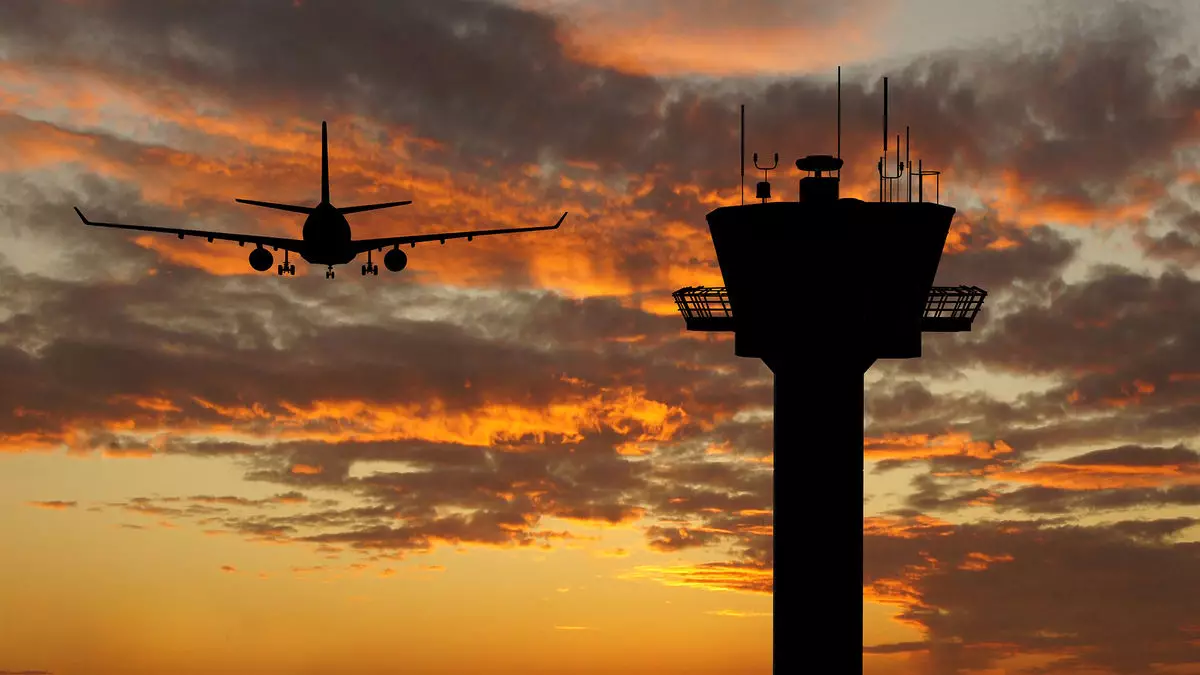The discourse surrounding air travel competition in the United States has recently intensified following the announcement of a public inquiry by the Department of Justice (DOJ) and the Department of Transportation (DOT). This inquiry aims to assess the current landscape of airline competition, a topic that has polarized industry stakeholders such as the American Society of Travel Advisors (ASTA) and the U.S. Travel Association. Their contrasting perspectives on the implications and effectiveness of the inquiry reveal a deeper struggle between regulating market competition and addressing operational inefficiencies within the airline industry.
ASTA perceives the DOJ-DOT inquiry as a vital platform to express the frustrations of its members regarding diminishing competition within the airline sector. They highlight historical events post-1978, including extensive mergers and acquisitions that have arguably concentrated market power in the hands of a few airlines. This concentration, ASTA argues, has spiraled into pervasive issues such as inflated ticket prices and limited options for consumers. The association’s assertion that these dynamics have led to decreased customer satisfaction resonates with their direct experience; representing travel advisors who facilitate approximately 735,000 air ticket transactions daily, they are uniquely positioned to witness the corroding impact of airline consolidation.
The significance of ASTA’s service as intermediaries in the travel industry cannot be overstated. Once regarded as direct agents for the airlines, travel advisors are now seemingly subordinate consumers of airline services, navigating an arena defined by shrinking choices. ASTA’s previous complaints, specifically regarding American Airlines’ commanding presence at key airports, further emphasize their advocacy for procedural changes that could reinvigorate competition. Here, ASTA is not just voicing industry woes; they are advocating for practical solutions aimed at redistributing slots to enable broader competition among carriers. Their concern is not merely theoretical but is grounded in observable consequences affecting everyday travelers and their experiences.
In stark contrast, the U.S. Travel Association has dismissed the inquiry as a politically charged maneuver that distracts from the real issues facing the airline industry. They contend that current airfare rates are at lows not seen in decades and that demand for air travel has surged to unprecedented heights. From this vantage point, the focus should not be on bureaucratic investigations but rather on addressing systemic deficiencies such as enhancing airport technology, improving infrastructure, and addressing the noted shortfall of air traffic controllers.
By framing the inquiry as a “political stunt,” the U.S. Travel Association calls into question the timing and intentions behind the inquiry, especially considering its proximity to national elections. This perspective indicates a belief that pre-election political dynamics may influence the inquiry’s objectives, potentially to the detriment of arriving at genuine resolutions that benefit travelers. Their criticism also extends to the priorities of the administration, arguing that it diverts necessary attention from critical infrastructures that could tangibly enhance the flying experience.
Interestingly, while ASTA and the U.S. Travel Association diverge in their analysis and conclusions, they both seem to recognize that the air travel landscape has its share of challenges. The contrast lies in what they view as the core issues and the means to resolve them. ASTA advocates regulatory scrutiny as a means to break monopolistic tendencies and enhance competition, while the U.S. Travel Association promotes operational improvements and infrastructure investments.
The recurring theme across both perspectives is a recognition that the airline industry is at a crossroads. As public scrutiny and stakeholder expectations evolve, the need for orchestration between government regulatory bodies and industry stakeholders has never been more apparent. The challenge lies in aligning these perspectives to develop solutions that not only address immediate concerns but also pave the way for a more competitive and efficient airline industry.
The differing stances taken by ASTA and the U.S. Travel Association underpin a broader discussion on how best to foster a competitive market while concurrently enhancing the overall travel experience. This discourse will likely continue as both organizations advocate for their members’ interests amid an evolving regulatory landscape. Balancing competition with quality service remains the ultimate objective, a task that will require collaboration and an unwavering commitment to innovation within the air travel industry.


Leave a Reply